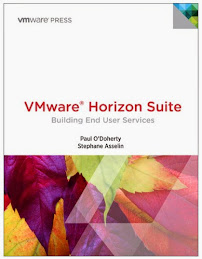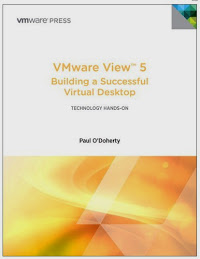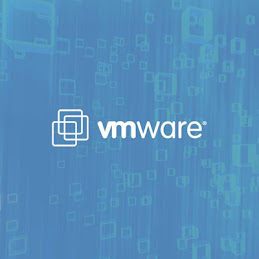Having worked through these challenges with various customers, I thought it would be a good idea to share. When integrating Public Cloud there are a number of “should and should not's” that warrant some consideration.
Perhaps the first and foremost is what goes where? Private, Public or managed by a 3rd party? For those of you who remember the early days of virtualization you likely remember capacity assessments which described what was needed to virtualize a set workload. While the information required has changed, the process is very similar. Today’s assessment software from vendors like Cloudamize take a similar workload assessment approach but provide a different set of outputs that are important to Cloud.
Optimizing the workload is still very important as even with virtualization we tend to over assign resources. In Public Cloud every excess is a price point so right sizing performance has a direct association to the cost. In addition, in Public Cloud when you build a virtual instance it is a layering of components that each have a specific performance characteristic. For example, in Public Cloud you have different storage performance tiers on which to add different virtual instance classes that are predefined with a set number of CPUs and memory configuration. Building without performance input leads to virtual instances that may under perform or cost to much.
Because Virtual instances are sold by certain T-Shirt sizes or classes in Public Cloud, having a tool like Cloudamize to translate from a VMware VM to an Azure Virtual instance class can be a great starting point. One of the other characteristics of Public Cloud providers is while they are very accommodating of ingress traffic (traffic coming in) they typically charge for most egress traffic (traffic coming out).
If we think of our business applications as a bunch of chatty VMs it is important to know who is talking to who. This allows us to ensure that all application interdependencies can be migrated together. This cuts down on the cost and flow of egress traffic between the Public Cloud and the Enterprise datacenter. This is another capability of a good assessment tool; the ability to identify related application traffic flow between a group of VMs.
Having a look at the relationships between the VMs and applications allows us to consider whether it should run in the Enterprise or on Public Cloud. Often this requires a look at the empirical data along with some reasoning. For example, if I have a legacy application that I will continue to use until I cutover to a new Cloud based application, should I migrate it to Public Cloud? If I have VMs providing backup services in the Enterprise should these migrate? What order and what things do I need in place for the actual migration? We will have a look at these more carefully in my next post @podoherty.





No comments:
Post a Comment